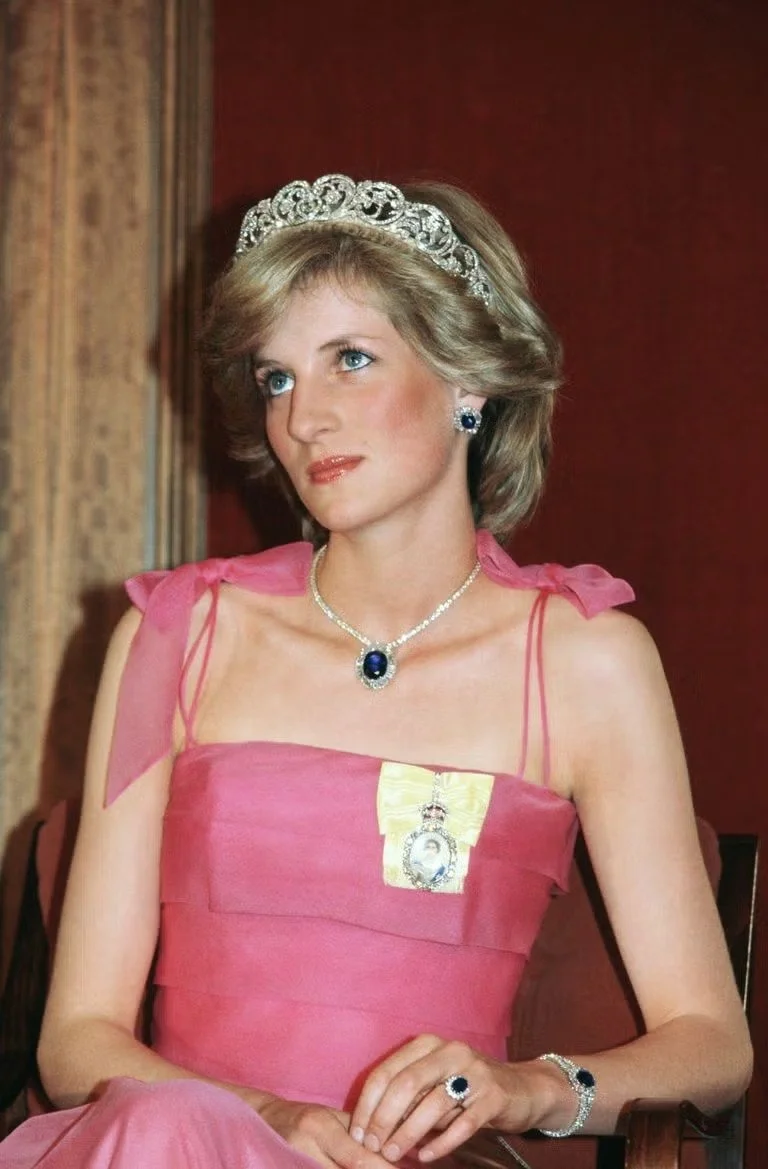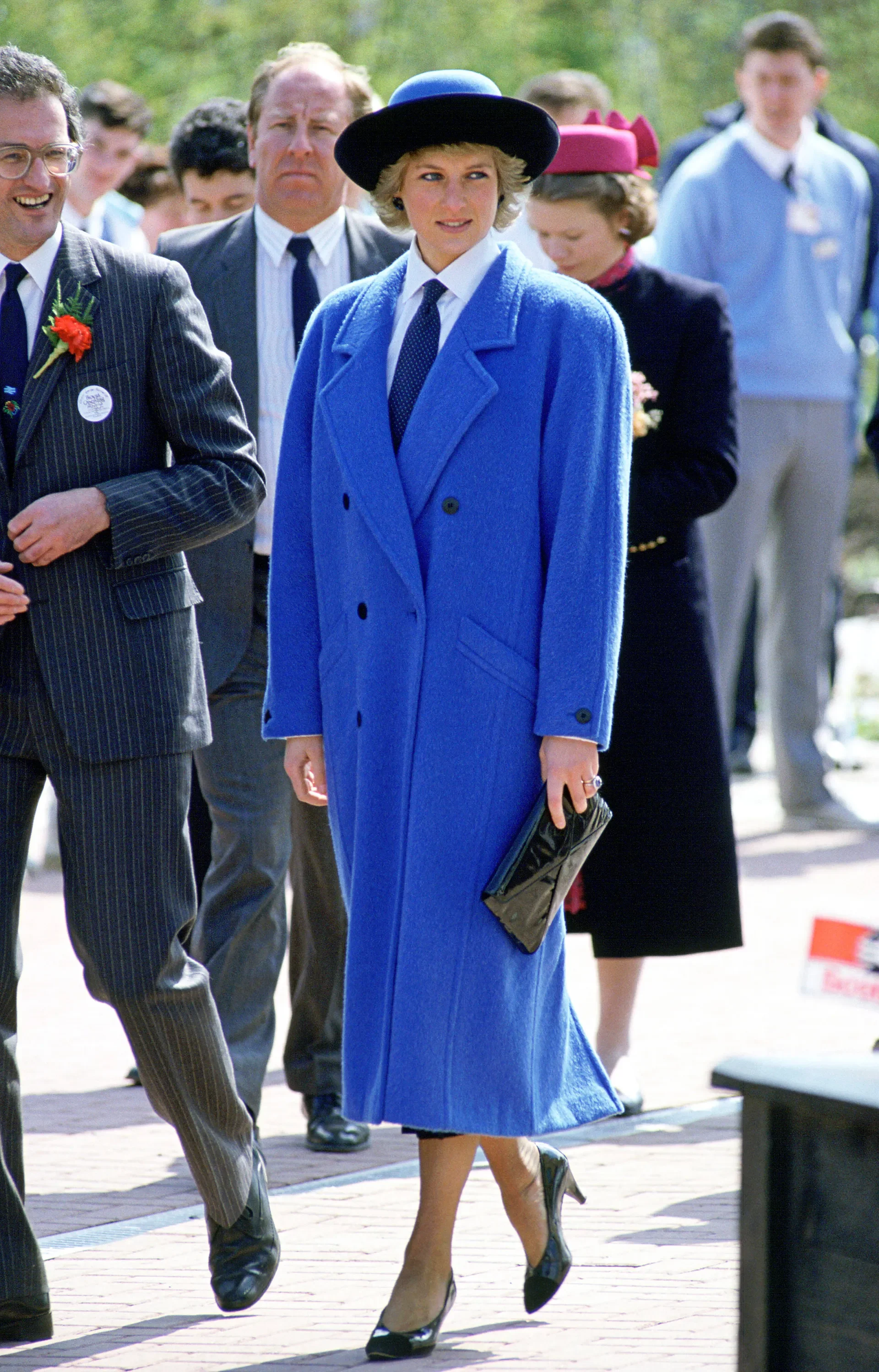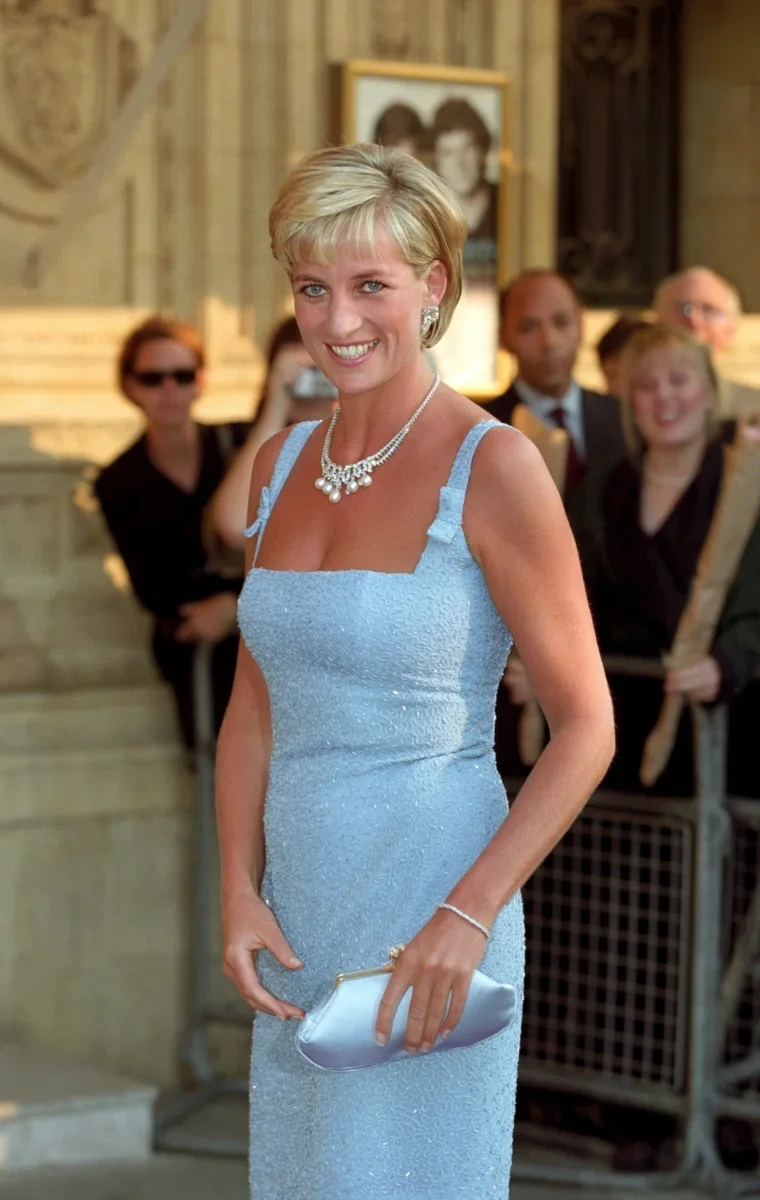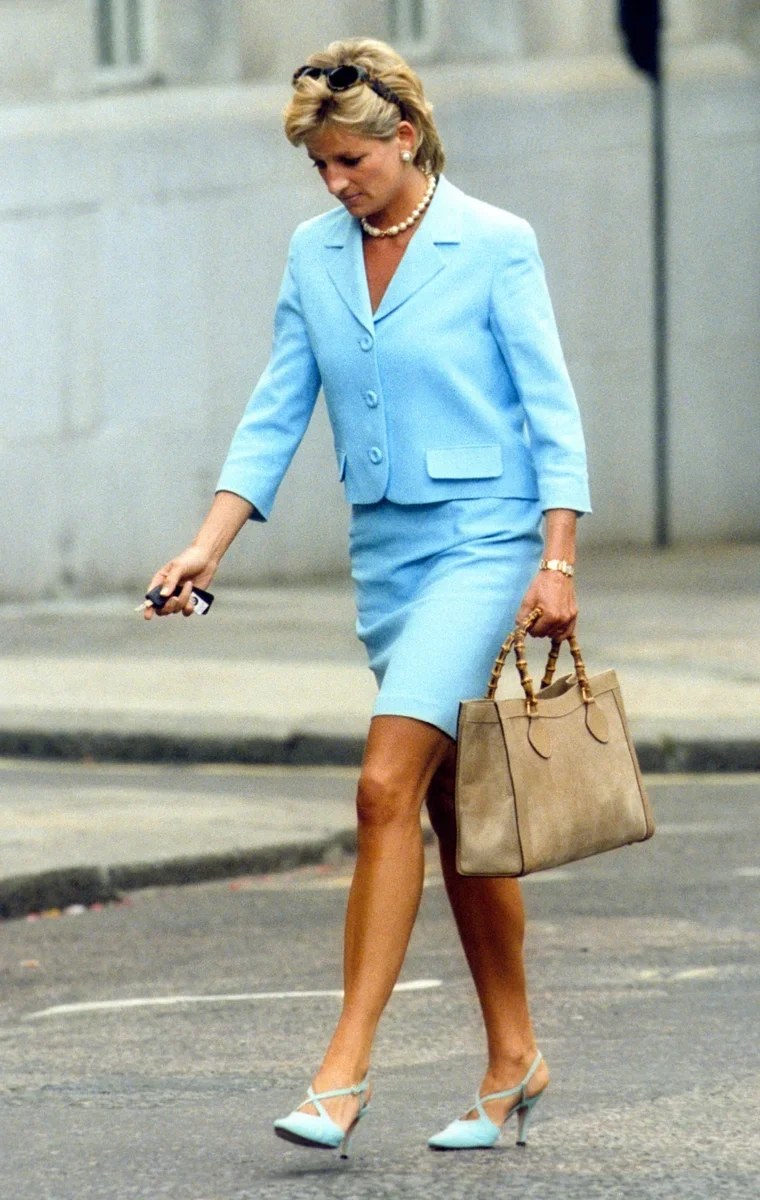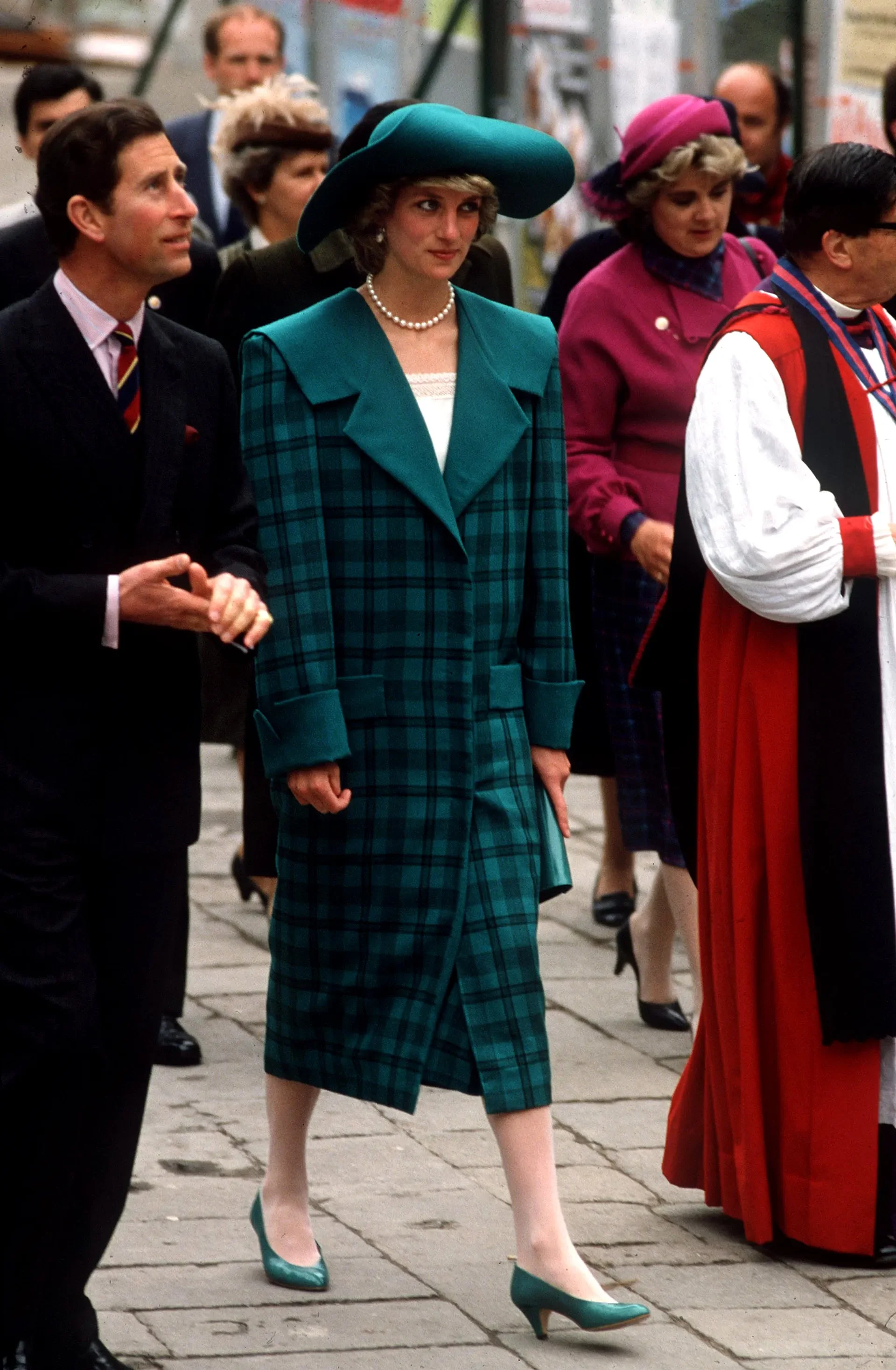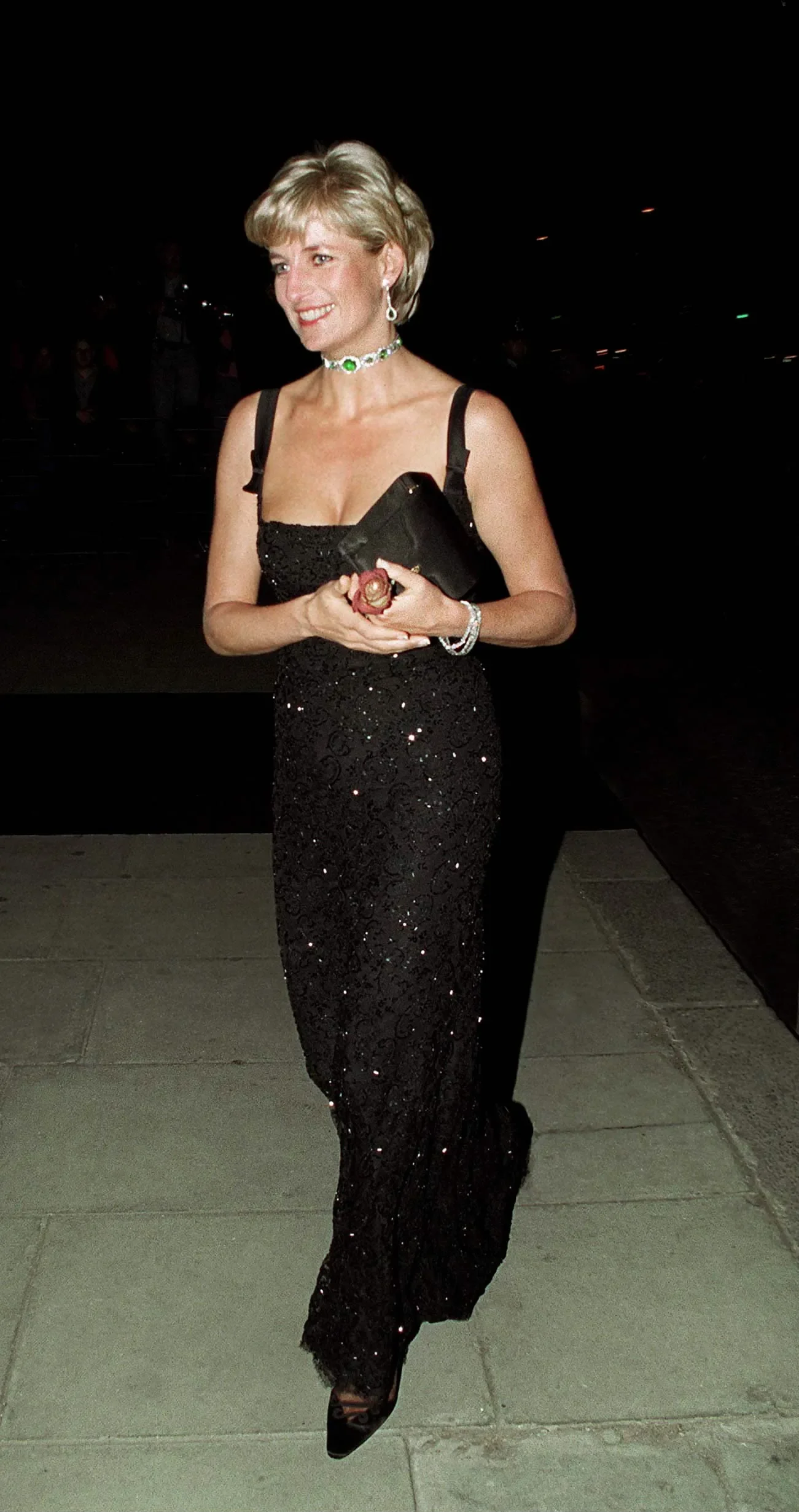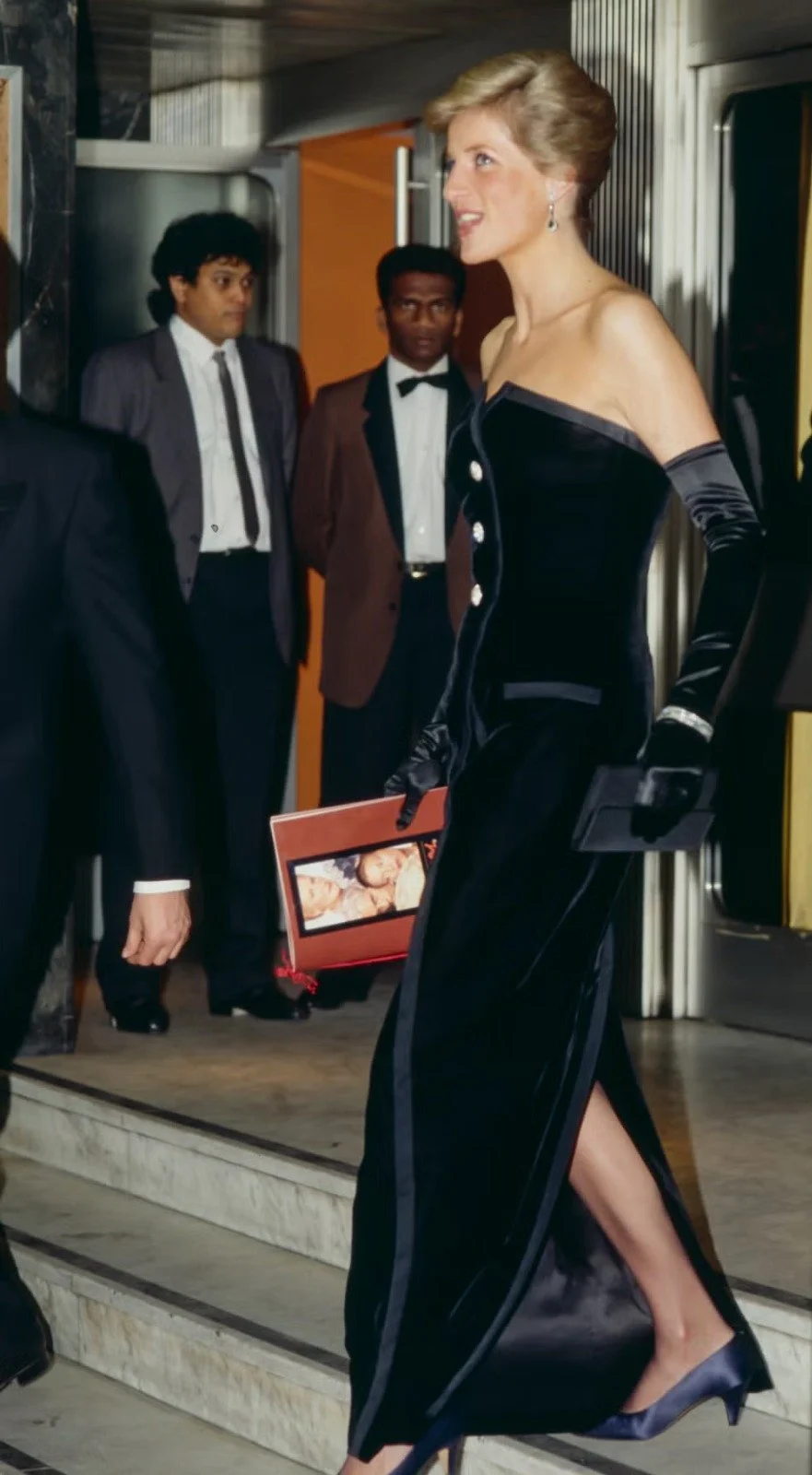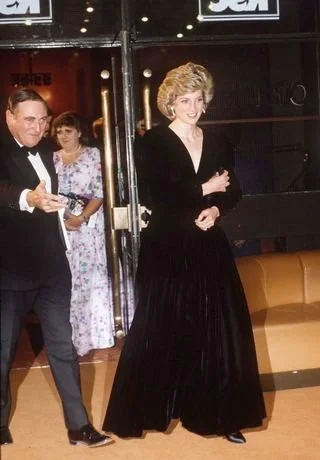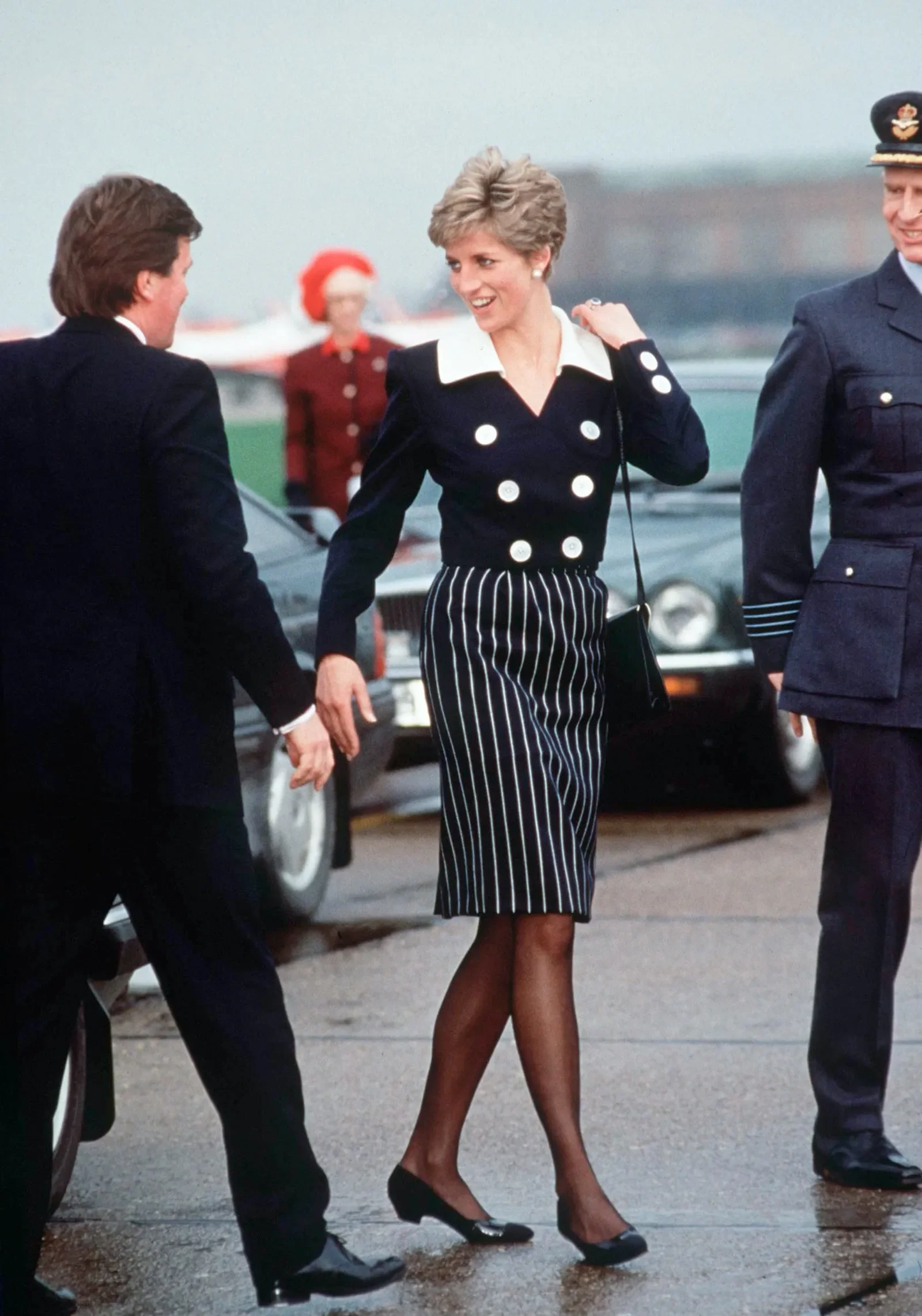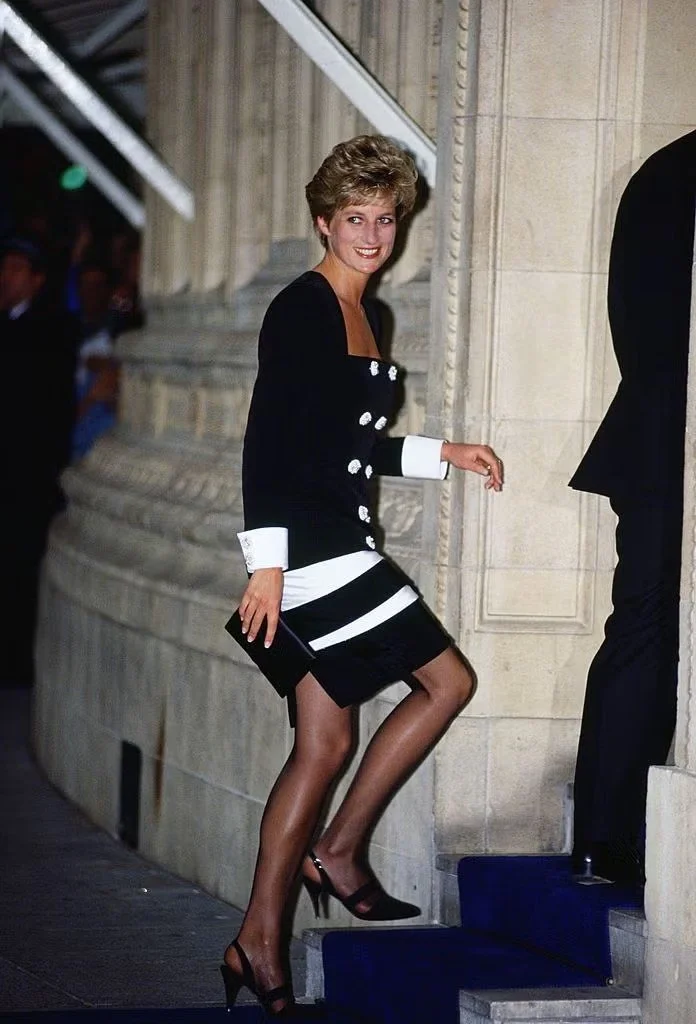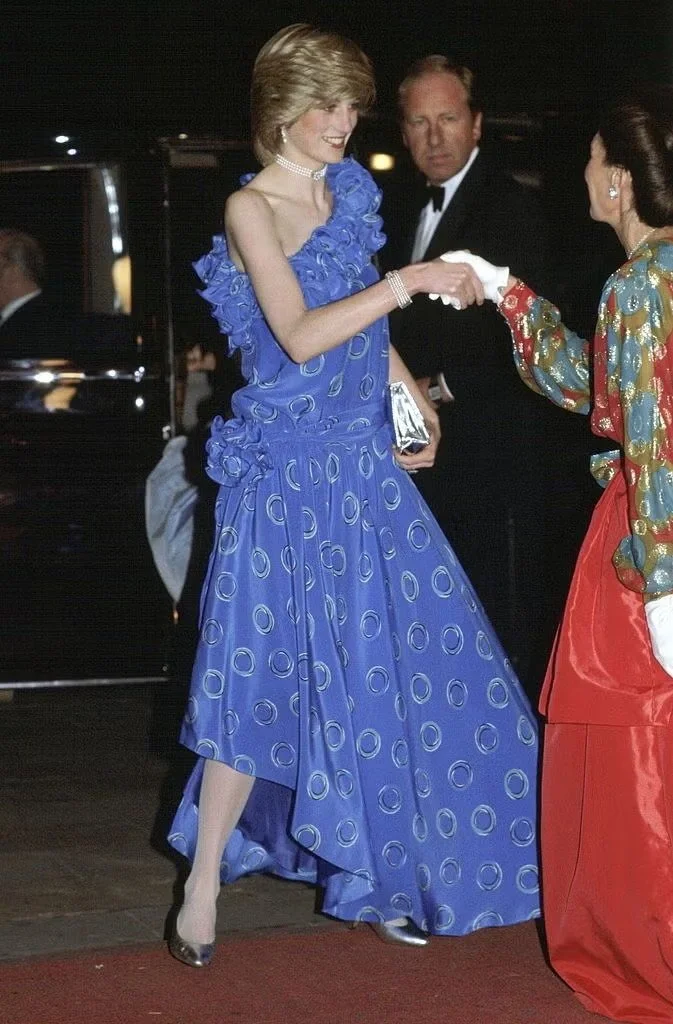DIANA, PRINCESS OF WALES: FROM PRINCESS TO FASHION ICON STILL SHAKING RUNWAYS
Between elegance and rebellion, Diana, Princess of Wales, turned fashion into an emotional language. Nearly three decades later, her style continues to inspire runways and street style.
Almost thirty years have passed since her death, yet Diana’s legacy continues to beat with undiminished force. Neither the passage of time nor the evolution of trends has erased her mark: her influence still permeates runways, editorials, and the collective imagination of fashion. She was far more than a princess: she was a mirror of sensitivity, rebellion, and elegance that redefined the relationship between fashion and emotion.
Twenty-eight years after her passing, her image those blue eyes brimming with melancholy and courage still inspires entire collections. The “People’s Princess” became an icon that transcends aesthetics to speak of power, vulnerability, and authenticity.
THE POWER OF DRESSING EMOTIONS
Diana understood before anyone else that fashion was a form of communication. As image consultant María Moreta confirms: “She was a pioneer in using fashion as a mirror of her emotions and her life stage.” In a rigid monarchy dominated by protocol and predictable silhouettes, she broke the mold. Every public appearance became a personal statement, using colors, textures, and volumes as her own language.
During the 1980s, when her public image was still that of an innocent young woman, pastel tones, puffed sleeves, and naïve romanticism prevailed. But after personal disappointments and her separation, her wardrobe hardened. Tailored suits, vibrant colors, and structured dresses arrived. The transformation was clear: the shy girl gave way to a confident woman, aware of her power and her ability to set trends.
Soft tones like sky blue or lavender projected sweetness and approachability. Reds and blacks conveyed strength and rebellion. Every color was an emotional gesture. Every outfit, a page of her emotional biography.
THE FIRST GREAT INFLUENCER IN HISTORY
Long before social media existed, Diana had already mastered the art of influence. Her style choices were replicated by women worldwide and analyzed obsessively by the press. She was the first royal to blend casual with sophisticated, introducing casual chic to royalty.
In an era where etiquette dictated immovable rules, she paired hoodies with blazers, leggings with loafers, and monochromatic tailored suits with a touch of freshness. What we now call athleisure was born with her. As experts note, Lady Di reinvented the relationship between luxury and comfort, haute couture and street style.
Her style was not just elegant it was human. Every choice seemed to say something about who she was and what stage of life she was in. That is why, even in the 21st century, many current trends echo her choices.
TRENDS SHE WORE BEFORE ANYONE ELSE
Looking at Diana’s photographs today is like looking at the present. Denim overalls, bow-tied blouses, slip dresses, oversized suits, and monochromatic ensembles dominate contemporary wardrobes, but Lady Di wore them decades ago.
In 1987, she wore denim overalls with a naturalness we’d now associate with a Parisian influencer. In 1990, she dared to wear an oversized fuchsia blazer, anticipating the power-dressing aesthetic that now rules runways. In the 1980s, she combined pink and red a combination once considered impossible that now belongs to Barbiecore palettes. And her love for slip dresses in 1996 defined the sensual minimalism of the ’90s, which has recently resurged on the catwalk.
Even her choice of accessories told a story. Pearl necklaces, used as a symbol of classic elegance, coexisted with modern jewelry, while small handbags functioned as shields against shyness. Nothing was accidental. Everything had a purpose.
THE LANGUAGE OF COLOR AND SILHOUETTE
Beyond the garments, Diana was a master of visual communication. She understood how colors and proportions could alter public perception. Her inverted triangular figure emphasized the back, neck, and legs. Fitted silhouettes coexisted with voluminous ones; wool blended with silk, velvet with lace. In her hands, the rules of dressing well became visual poetry.
María Moreta summarizes it: “It was that coherence between inner and outer self that made her unforgettable. It wasn’t just what she wore it was what she communicated with it.”
And so it was. At every public appearance, Diana achieved a balance between sophistication and approachability, royalty and humanity.
THE REVENGE DRESS: FASHION AS MANIFESTO
Few garments have had as much cultural impact as the little black dress Diana wore to the 1994 Vanity Fair party. Designed by Christina Stambolian, the black Bardot-neck draped dress became a metaphor for freedom.
That night, Prince Charles had publicly admitted his infidelity. Instead of hiding, Diana chose to dress with power. Black was not mourning, but rebirth. Not pain, but defiance. With that gesture, she transformed fragility into strength and marked a turning point in the history of fashion and symbolic feminism.
That moment sealed her destiny as an icon. She was no longer just the wounded princess; she was a woman who had taken control of her own narrative.
HER LEGACY IN CONTEMPORARY FASHION
Today, Diana’s legacy remains as alive as her photographs. Her influence is present in Kamala Harris’s tailored suits, Queen Letizia’s ensembles, and the street style of models like Hailey Bieber and Kendall Jenner.
The sport-chic style she popularized remains a trend. ’90s satin dresses are returning to stores, and the monochromatic tailored suit one of her signature looks has become a symbol of female authority.
Diana forever changed the relationship between fashion and identity. She pioneered the use of clothing as a tool for emotional expression and demonstrated that elegance is not about following rules, but knowing when to break them.
THE ETERNITY OF STYLE
Twenty-one years or twenty-eight, depending on how you count after her death, Diana, Princess of Wales, remains far more than an aesthetic reference. She is a cultural myth, a timeless inspiration.
Her legacy lies not only in the beauty of her looks, but in the message they convey: authenticity, vulnerability, and power. As a British fashion editor once wrote, “Diana didn’t just change how women dressed, she changed how they felt when they dressed.”
And perhaps that is the secret to her enduring influence. Because Diana didn’t just dress her body she dressed her soul. And in the history of fashion, that is the hardest thing to imitate.















































